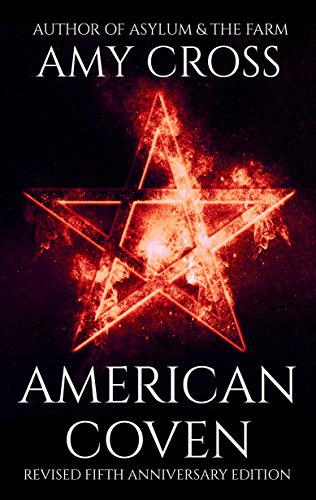The Killing Doll, first released in 1984, showcases Rendell's tremendous talent as a writer of psychological suspense, and being the first Rendell I ever picked up, it introduced me to her work some twenty years ago. It also turned me into what I would describe as a constant reader. Though years may pass without reading one of her novels, there is usually an unread Rendell on my shelves. As soon as I have completed it, another appears to fill the void.
At the age of 85 Ruth Rendell very sadly passed away in May 2015. Yet, thanks to her prolific output spanning over fifty years and comprising of over sixty titles, I will not be running out of reading material for a while. Though I am not overly keen on her Inspector Wexford series, I am particularly fond of her stand-alone, psychological suspense novels and the books she chose to publish under her pseudonym Barbara Vine.
 |
Ruth Rendell (17 February 1930 – 2 May 2015) |
Too eager to explore her plots and to meet more of her ill-fated characters, I have thus far never ventured into re-reading my Rendell / Vine books. As The Killing Doll was my first ever Rendell, which I read back then in its German translation Der Pakt (The Pact), I thought it was time to make an exception and get hold of the original, English version for a re-read. I was not to be disappointed.
Judging by other readers' reviews, The Killing Dolll seems to divide opinions, both between seasoned fans and those new to Rendell's work. Whichever side of the fence you are on, the book appears to provoke strong emotions in both camps. Whilst some praise it for its tight plotting and unexpected twist at the end, others seem to criticise it for its alleged lack of pace, the absence of likeable characters and its subject matter; i.e. the protagonists' dabbling in the occult.
The plot by and large centres around the Yearman family, comprising of siblings Dolly and Pup as well as their widowed father Harold. Coinciding with Mrs Yearman's demise, Pup begins to dabble in magic rituals, selling his soul to devil in exchange for worldly goods and, above all, physical growth. He enlists the help of his sister Dolly, an apt seamstress, who - owing to a facial disfigurement - has very few social contacts and leads an isolated life mostly confined to and maintaining the family's home.
Dolly sews Pup's ceremonial robe and is from time to time allowed to attend the so-called 'temple', which Pup has created in an unused room in the house, whilst their father - oblivious to the ceremonial magic practised under his roof - is completely absorbed by his obsession with historical fiction and, eventually, his new wife, Myra.
Following Mrs Yearman's death, Dolly's interest in occult matters is amplified when she attends a number of seances and gets further fuelled by her desire to employ magic in order to banish Myra from the family home. Yet, after discovering his business acumen and penchant for casual sex with a string of affairs, both Pub's emotional connection to his sister and involvement with the occult are waning, and he is increasingly viewing his preoccupation with magic as a childish pastime obsession. Though still fond of his sister, both his sexual proclivities and newly found role as a businessman leave little time to devote to his sister's emotional well-being.
Despite this, Pup continues to perform rituals to please his sister, thereby continuing to fuel her belief in his abilities. When in the aftermath of one such ceremony involving the ritual stabbing of Myra's effigy in the form of a cloth doll, Myra is discovered dead in the Yearman's bathroom, Dolly's belief in the efficacy of her brother's geomancy is reaffirmed, triggering a fateful spiral of events and further accelerating Dolly's descent into madness.
To me, The Killing Doll delivers perhaps one of the best contemporary depictions of a protagonist's gradual descent into substance abuse and schizophrenia as well as the concomitant circumstances of isolation and dysfunctional family relations, which in the end enable the condition to take hold and completely engulf the individual.
I therefore firmly belong into the camp of those, who did not merely enjoy the novel but would also recommend it to all those wishing to explore Rendell's body of work further. After all, to maintain the reader's interest, characters do not have to be likeable. Quite the contrary. Childish preoccupations such as dabbling in occult writings and rituals as well as unexpected chance encounters (similar to the one at the end of the book) can have fateful consequences and are therefore utterly believable. As for the alleged lack of pace, I would argue that Rendell does not deviate from her usual norm and succinct style, telling a story spanning a timeframe of over five years in the space of less than 240 pages suggests that the book is not cluttered with unnecessary detail.









